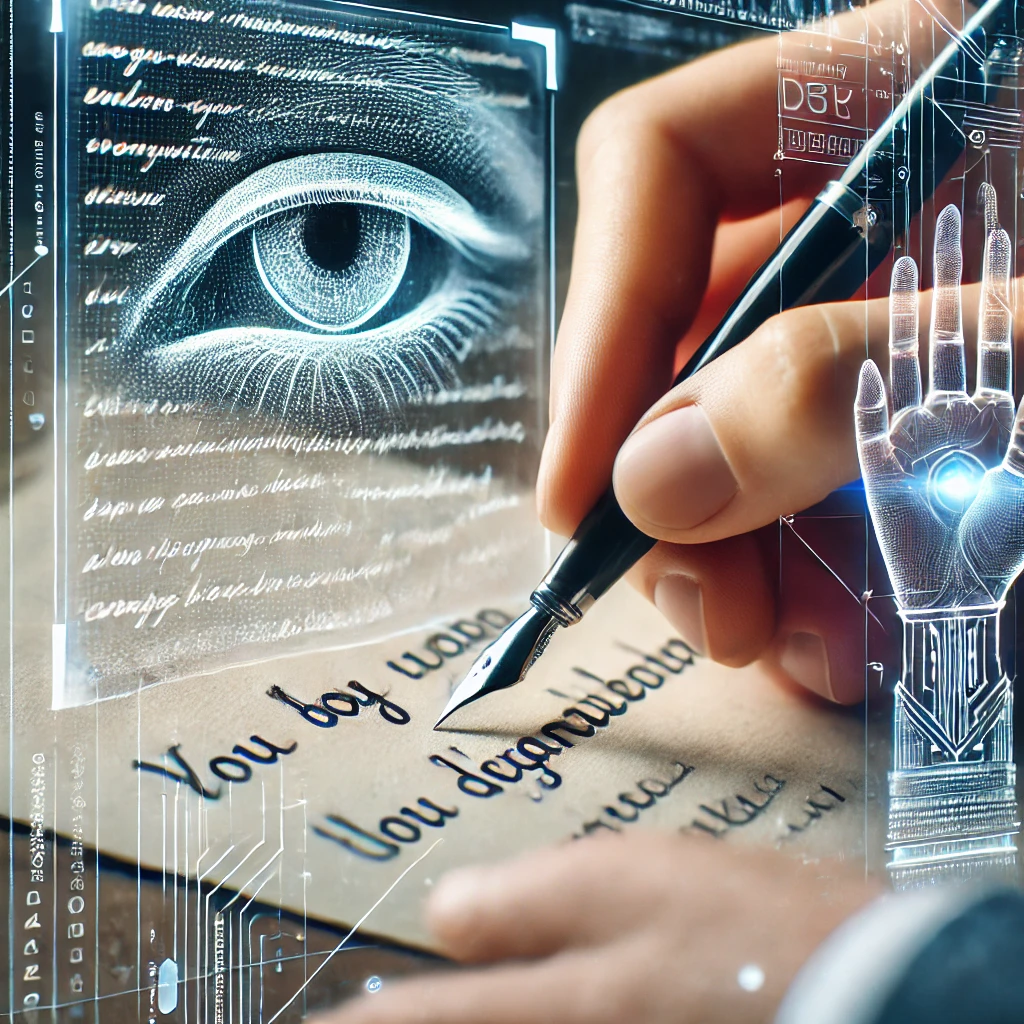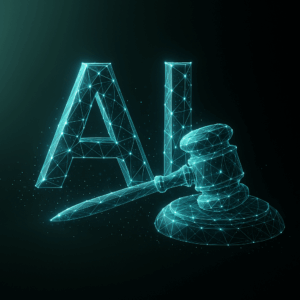
Handwriting recognition has transformed the way we interact with written documents, providing a seamless bridge between traditional handwriting and modern digital technology. This innovative technology enables computers to interpret and digitize handwritten text, making it easier to store, search, and share information.
What is Handwriting Recognition?
Handwriting recognition, often abbreviated as HWR, is a field of technology that involves the ability of a computer to receive and interpret intelligible handwritten input from sources such as paper documents, photographs, touchscreens, and other devices. It combines optical character recognition (OCR) with machine learning to convert handwritten characters into digital text.
How Does Handwriting Recognition Work?
The process of handwriting recognition involves several steps:
-
Preprocessing:
The handwritten input is first scanned or photographed to create a digital image. This image is then cleaned up to remove noise and improve contrast, making the text more legible for the recognition software. -
Segmentation:
The cleaned image is then divided into smaller segments, typically one character at a time. This step is crucial for differentiating between distinct characters and ensuring accurate recognition. -
Feature Extraction:
At this stage, the software analyzes the segments to identify distinct features of each character, such as lines, curves, and intersections. This data is used to distinguish one character from another. -
Classification:
Using machine learning algorithms, the software compares the extracted features against a database of known characters. It then classifies each segment based on its similarity to the characters in the database. -
Post-processing:
Finally, the recognized characters are assembled into words and sentences. The software may use context clues, such as grammar and spelling rules, to improve accuracy and correct any errors.
Applications of Handwriting Recognition
Handwriting recognition technology is used in a variety of applications, including:
-
Education:
Digital note-taking and grading systems that convert handwritten notes into digital text for easier access and analysis. -
Healthcare:
Electronic health records (EHR) systems that convert handwritten doctor’s notes and prescriptions into digital format for better management and retrieval. -
Banking:
Automatic cheque processing systems that recognize handwritten amounts and signatures, speeding up transactions and reducing errors. -
Personal Use:
Apps that allow users to take notes on tablets or smartphones and have them automatically converted to digital text for easy editing and sharing.
Advancements in Handwriting Recognition Technology
Recent advancements in artificial intelligence (AI) and machine learning have significantly improved the accuracy and reliability of handwriting recognition technology. Neural networks, especially convolutional neural networks (CNNs) and recurrent neural networks (RNNs), have been instrumental in enabling computers to learn from vast amounts of data and improve their handwriting recognition capabilities.
Moreover, the integration of cloud computing has made handwriting recognition more accessible and scalable, allowing for real-time processing and analysis of handwritten text.
Challenges and Future of Handwriting Recognition
Despite its many benefits, handwriting recognition technology still faces several challenges. Variability in handwriting styles, cursive writing, and low-quality input images can all reduce accuracy. However, continuous research and development in AI and machine learning promise to overcome these obstacles, making handwriting recognition even more robust and versatile in the future.
As we look forward, the potential for handwriting recognition technology to further integrate with other AI-driven technologies like natural language processing (NLP) and predictive text systems holds immense promise for revolutionizing how we interact with written information.
Handwriting recognition is a powerful tool that is reshaping our interaction with handwritten documents. As technology continues to evolve, the applications and accuracy of handwriting recognition are expected to expand, opening up new possibilities in various fields. Embracing this technology can streamline workflows, enhance data accessibility, and bridge the gap between analog and digital worlds.


